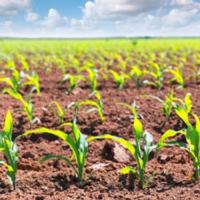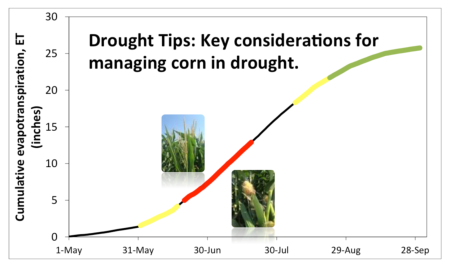We are an interdisciplinary team of University of California farm advisors, specialists and faculty. Our purpose is to provide agronomic guidelines and information related to corn production tailored to California’s growers, researchers and industry professionals.

Corn is the most widely planted grain in the United States, with most of the domestic production grown in the Midwest. In California, field corn is grown for grain and silage. In 2014, total area planted for both purposes was 520,000 acres with the highest corn grain production occurring in Sacramento, Glenn, Solano, Sutter, and Stanislaus counties. Tulare, Merced, Stanislaus, San Joaquin, and Kings were the top five producing silage counties. (Statistics courtesy of the USDA-NASS)
Grain corn may be processed for livestock feed, human consumption, and industrial products. Food products made from corn include starch, sweeteners, and oil. Industrial products include industrial alcohol and fuel ethanol. Silage produced in California primarily feeds dairy cattle.
[. . . Read more]
Meetings & Events
Please stay tuned for our future meetings and events!
UC-IPM Pest Management Guidelines

- Year-Round IPM Program for Field Corn This year-round IPM program covers the major pests of field corn in the Central Valley and provides information about what should be done throughout the year in an overall IPM program.
- Pest Damage & Weeds Photo Identification Checklist forms and surveys; Photo identification pages.
- Pest Management Guidelines How to manage pests in California Field Corn (Diseases; Insects and Mites; Weeds)
- Pest Management Guidelines UC-IPM Pest Management Guidelines for Field Corn (PDF)
Drought Tips
California's historically severe and prolonged drought period has resulted in reduced agricultural productivity and yield. California field corn is an irrigated, summer crop. Thus, the amount of irrigation applied will largely determine how much water is available to the crop. Although water limitations have reduced field corn productivity, careful consideration of variety choice, planting date, tillage practices, residue management, in-season agronomic practices, and irrigation system design and performance can help to counter some of these effects and maximize the productivity of the water that is applied.
[. . . Read Full Publication]


